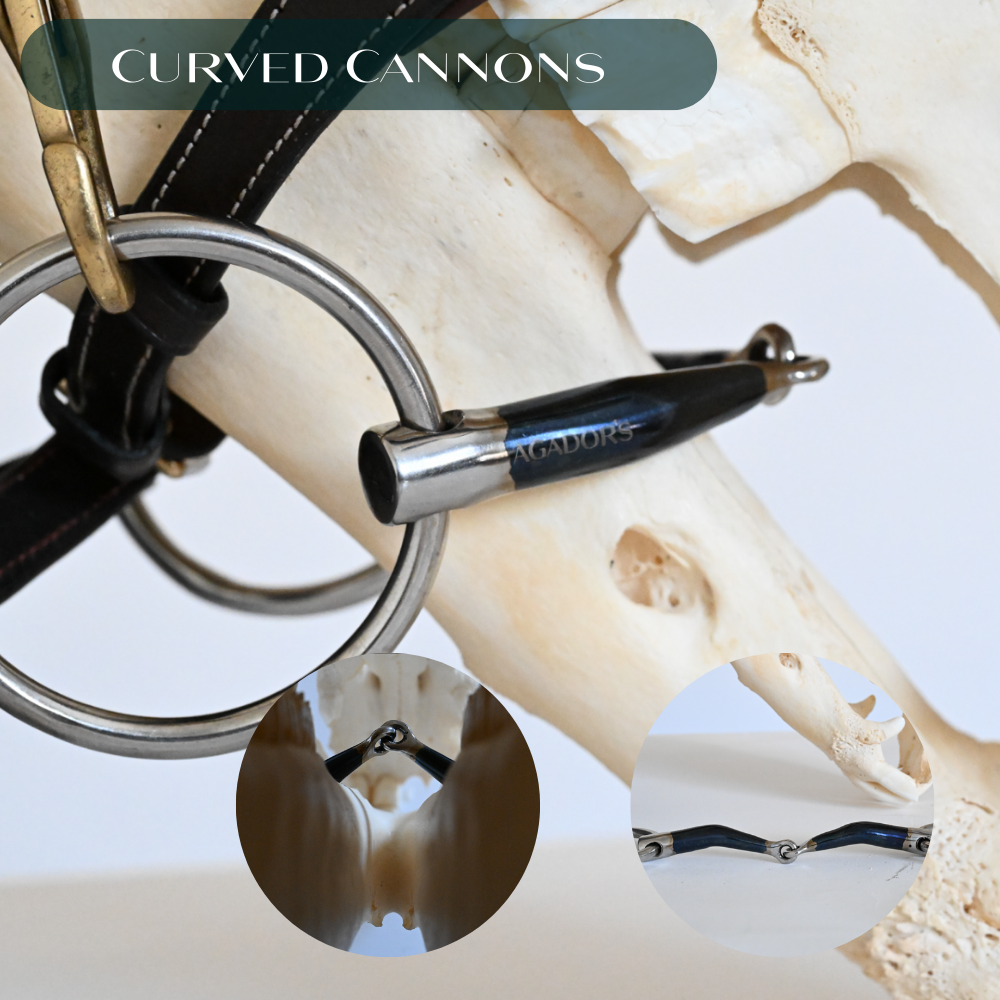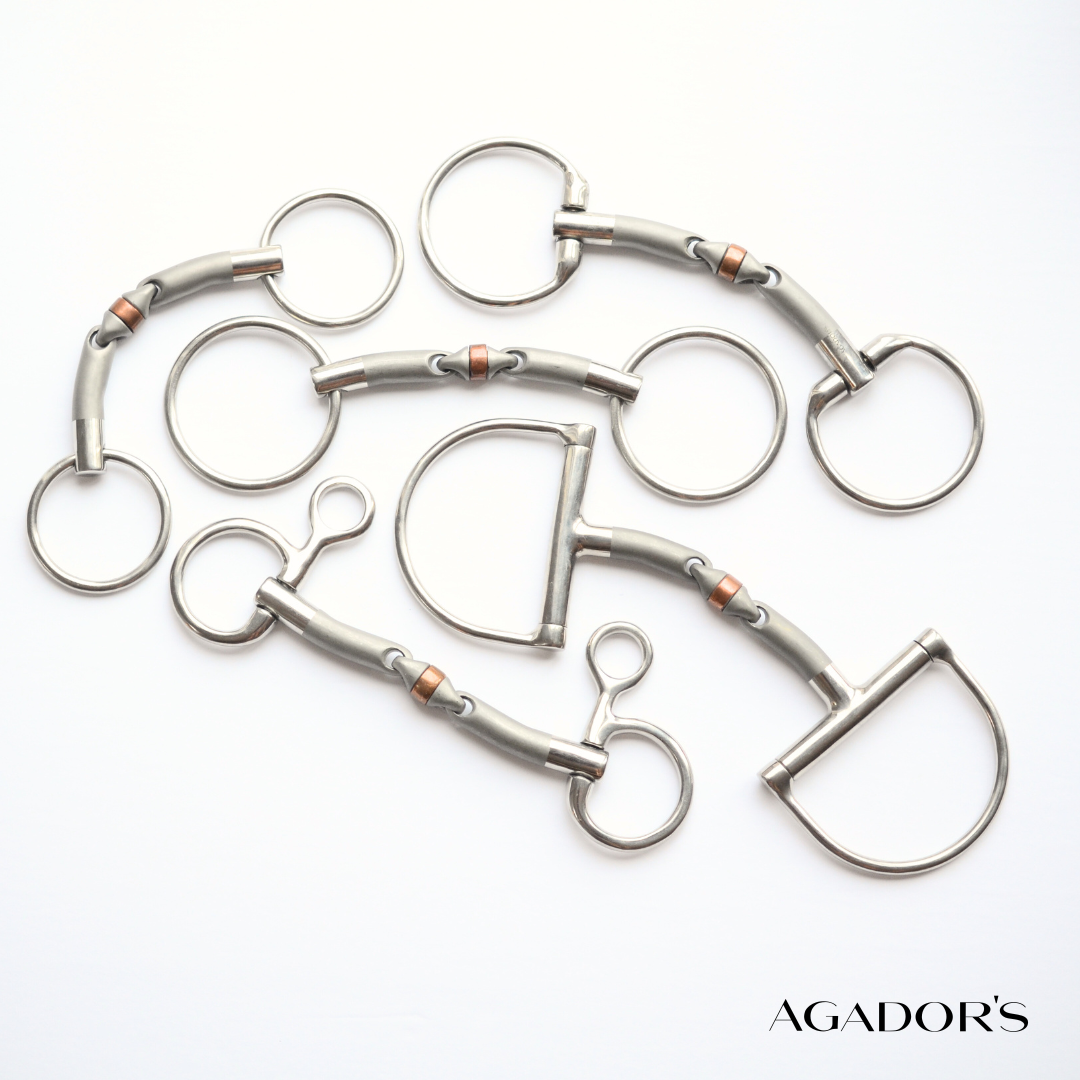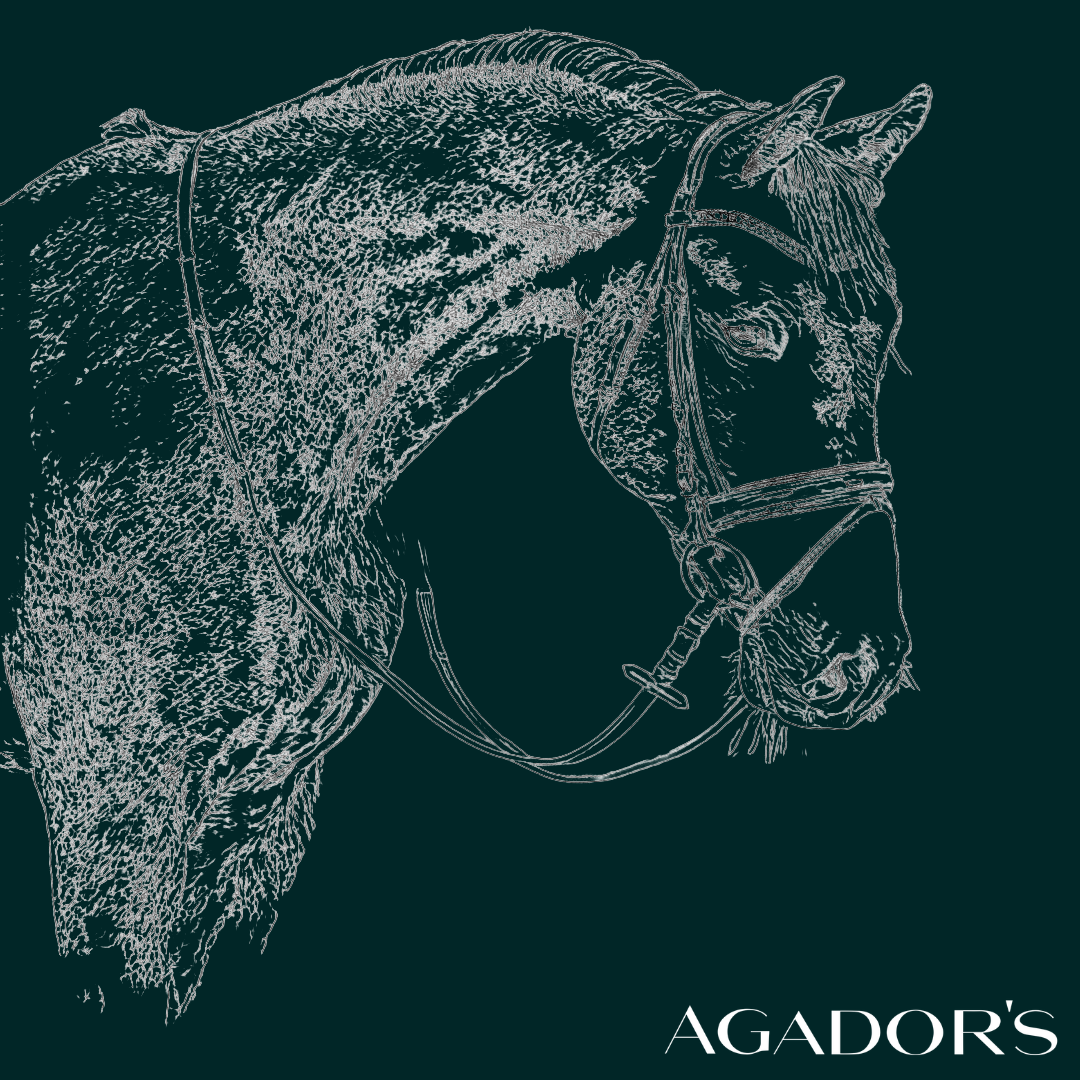
Curved vs Straight Single Joint Bits: Separating Fact from Fiction
An increasingly common belief in the equestrian world suggests that curved cannons on single-jointed bits offer more comfort than their straight counterparts. Some people go as far as to call straight single joints not just anatomically incorrect but unethical or dangerous for the horse's palate.
As an alternative curved joint bits or those with a locking mechanism, supposedly turning the mouthpiece into a mullen mouth beyond a certain angle of engagement, are suggested.
Our recent testing challenges this assumption, revealing that bit comfort has less to do with cannon curvature and more to do with the interaction between the link itself and shape of cannons.
The Evolution of Bit Design
Let's begin with the curved cannon design that has become increasingly popular in recent years. In the first image, we can see how the mouthpiece curves upward from the rings, creating what many believe to be a more anatomically friendly shape. The inset photos reveal the joint's position at rest and the gentle curve of the cannons. While this design appears intuitively more comfortable, our testing revealed something surprising: when rein pressure is applied, the curve doesn't necessarily provide the expected benefits for palate clearance.

Moving to our second example, we see a horizontally straight-cannon design with a vertical curve, sometimes called the port. The direct line from ring to joint presents a stark contrast to the curved version, yet our testing showed no increased palate interference compared to curved designs. This challenges the common perception that straight cannons are inherently harsher on the palate.

The SmoothLink design, shown in our third image, represents a different approach altogether. Here the cannons are straight, but the link design itself is optimized for smoothness.

Perhaps most revealing is our examination of the curved cannons with lock design. This configuration introduces an interesting variable into the equation. While the locking mechanism aims to provide more control over the bit's position and alter the maximum angle at which the bit will wrap around the bars, we found it can actually influence the bit's interaction with the palate in unexpected ways. Namely, the size and position of the lock can actually make the angle rotate upward or downward in the face of rein pressure, digging into the palate or tongue respectively making it significantly harsher.

Finally, we come to the ComfortLink design, which embodies our latest research findings. This design both reimagines the curves of the cannon and focuses on how the joint itself interfaces with the horse's mouth. The cannons have a partial curve that is made to flex around the top of bars and then reversed to apply pressure on the sides. This specialized configuration manages pressure distribution in a way that addresses both bar sensitivity and palate clearance—factors that the curved cannons were supposed to address in the first place. As you can see in the left bottom circle the angle of the link is much more muted compared to the other designs.

Understanding What Really Matters
Through extensive testing with these various designs, we've discovered that link design, as far as the bit's working angle is concerned, plays just as equal importance in the design as the shape of cannons.
For riders and trainers, these findings suggest a need to shift focus when selecting bits. Rather than prioritizing cannon shape, consider how different link designs distribute pressure and interact with your horse's mouth structure. A well-designed joint mechanism can provide better communication and comfort regardless of whether the cannons are curved or straight.
This doesn't mean that every horse needs the latest innovative bit design. If your horse performs well in a traditional single-jointed bit, our research suggests no evidence-based reason to change based solely on cannon shape. The key lies in understanding how the design works with your horse's individual needs and responses.
Looking Forward
As bit design continues to evolve, we expect to see more focus on testing how the bit interacts with structures of the mouth rather than simplified assumptions made on inaccurate representations of equine anatomy and bit mechanics such as the "wrist test". Future innovations will likely center on how both cannon design and different angles of joints can better distribute pressure as intended and provide clearer communication between horse and rider.
As we continue to test and develop new bit configurations, this understanding will guide us toward more effective solutions for both horse and rider.
Remember, the best bit choice isn't about following trends or assumptions about what should work better. It's about understanding the mechanical principles at play and how they might affect your horse's response.


